The Sliding Bevel Guide
The sliding bevel is a layout tool which is essential for accurate and precise woodwork. It is made up of two parts, the beam and the stock which can both move on an axis. These can be fixed using a wingnut to allow you to transfer an accurate angle marking.
The stock can be made from wood, plastic or metal. The beam is usually made from tempered spring steel and can vary in size. The locking system can vary, sometimes it is a wingnut which is tightened by hand, or sometimes it is sunken screw which needs a screwdriver. Both are very effective locking systems, however with the screw it allows you to lay the stock flush against the wood on both sides, whereas the protruding wingnut doesn’t allow for this.
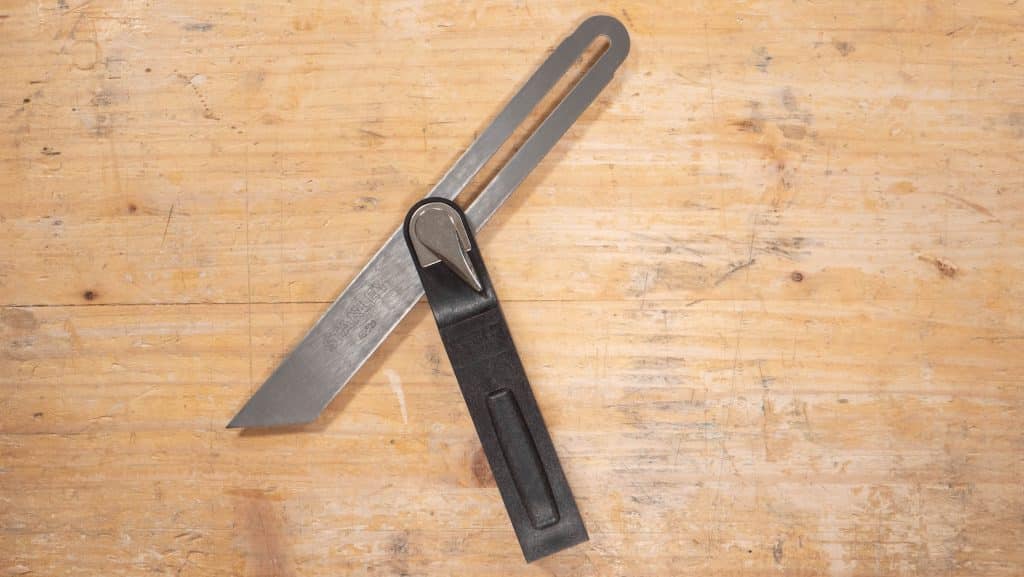
Uses
This is used in the same way as the combination square, however unlike the combination square, it can be set at any angle. The tool is often used alongside other tools such as the layout knife to create precise markings for joints.
Terminology
- Stock – The heavier part which is used to rest against the edge of the wood
- Beam – The steel blade which can be moved to change the angle at which the guide is set
Other Names:
- Sliding T bevel
- T bevel
- Bevel gauge
Parts of The Sliding Bevel
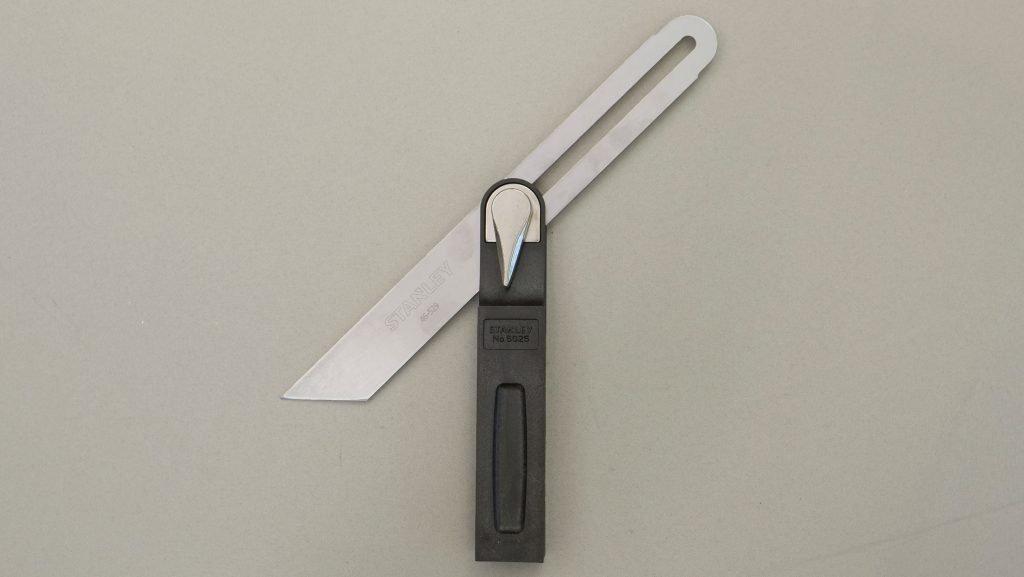
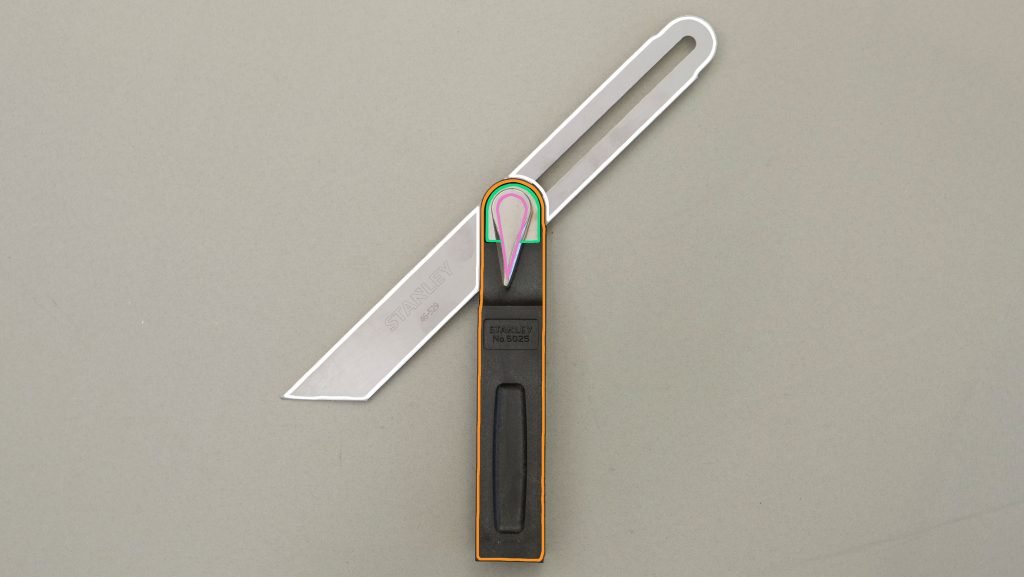
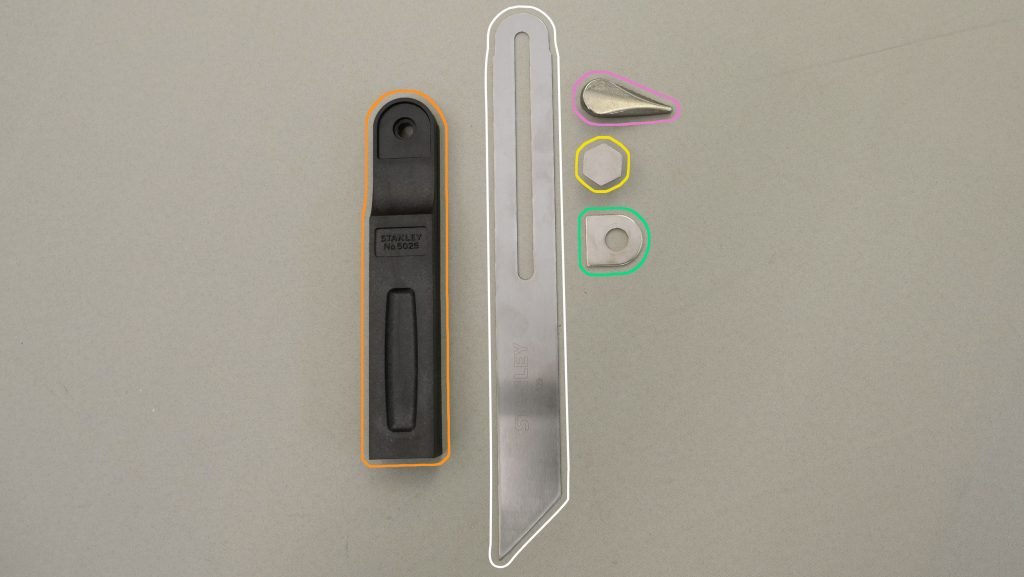
● Pressure Plate
◎ Beam
● Locking Bolt
● Locking Lever
● Stock
Relevant Guides
-
Setting Up a Sliding Bevel
Setting Up Some sliding bevels have a rounded loop at the end of the beam. Where the straight edges join the rounded edge there is often a pointed edge, which can sometimes get in the way of marking out so Paul recommends filling this down slightly to avoid inaccuracy and misalignment when applying the sliding…
-
Using a Sliding Bevel
The sliding bevel is used to mark or check any angle. By sliding the beam from inside the stock you can adjust both components to set the desired angle needed. The lock mechanism holds both components in place and can be a variety of mechanism types. These include wing nut, lever cam, slide lock or…
-
The Sliding Bevel Guide
The sliding bevel is a layout tool which is essential for accurate and precise woodwork. It is made up of two parts, the beam and the stock which can both move on an axis. These can be fixed using a wingnut to allow you to transfer an accurate angle marking. The stock can be made…
Further Reading
To read more on this we recommend the following from Paul’s blog:


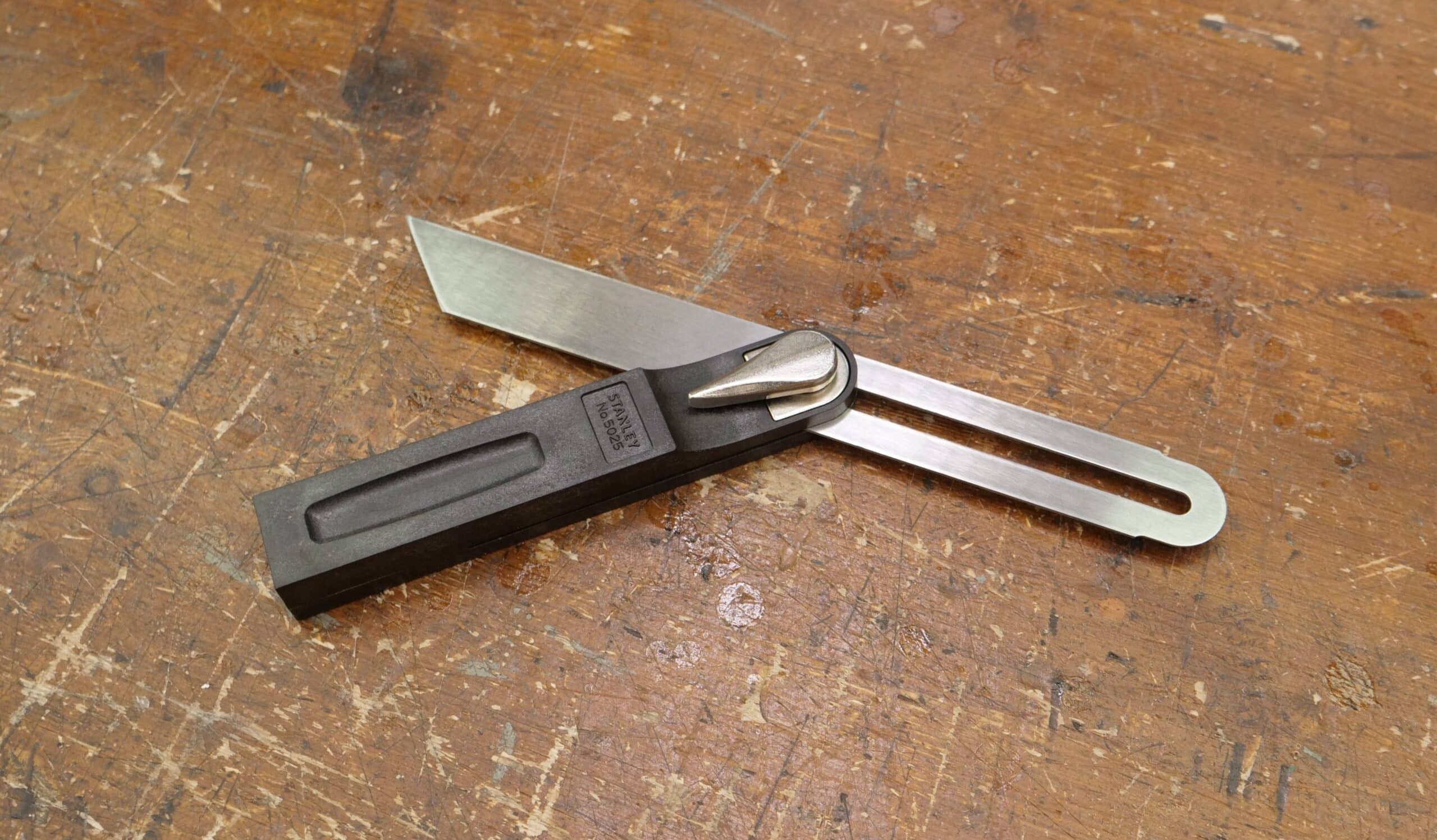
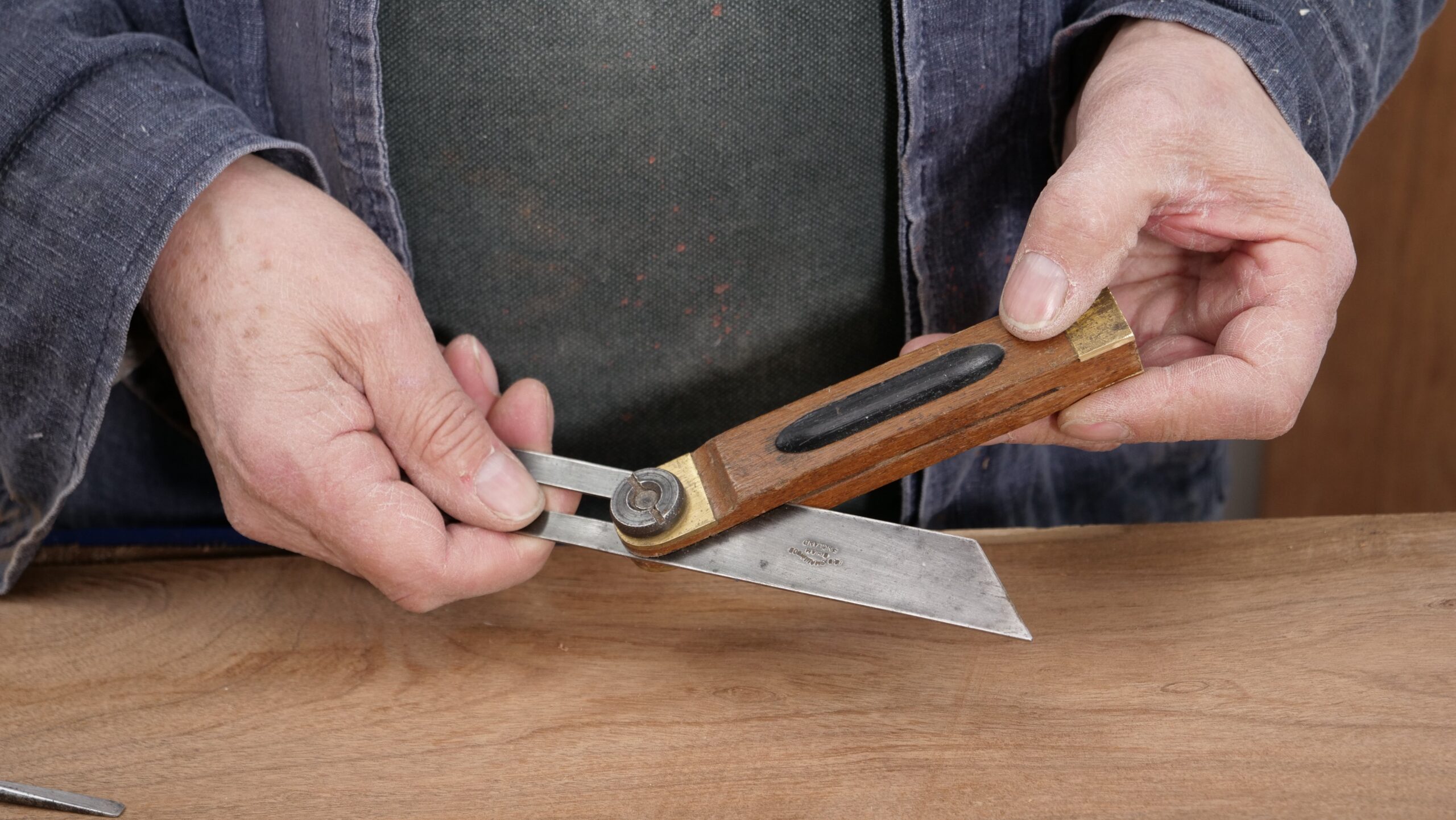
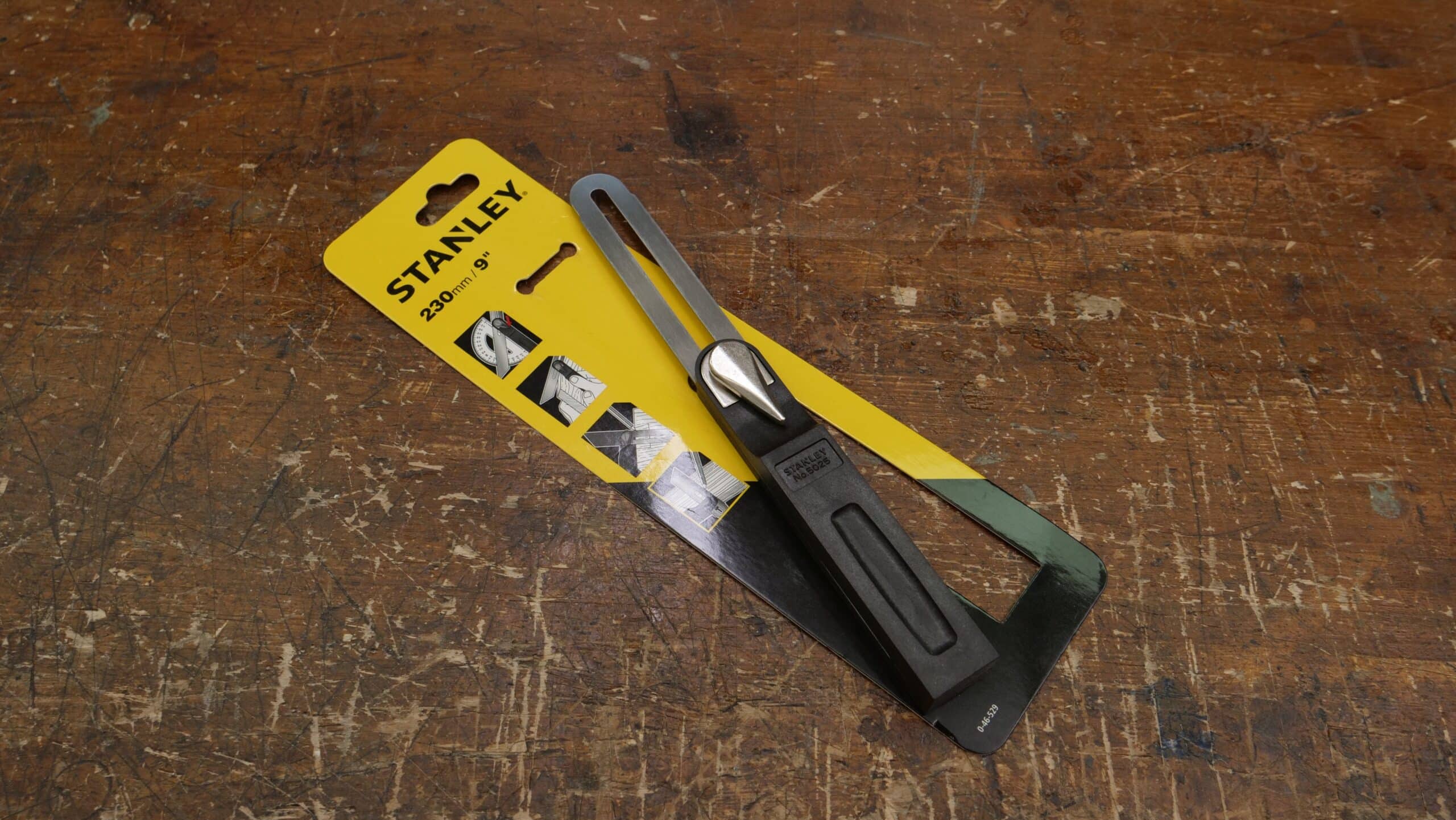
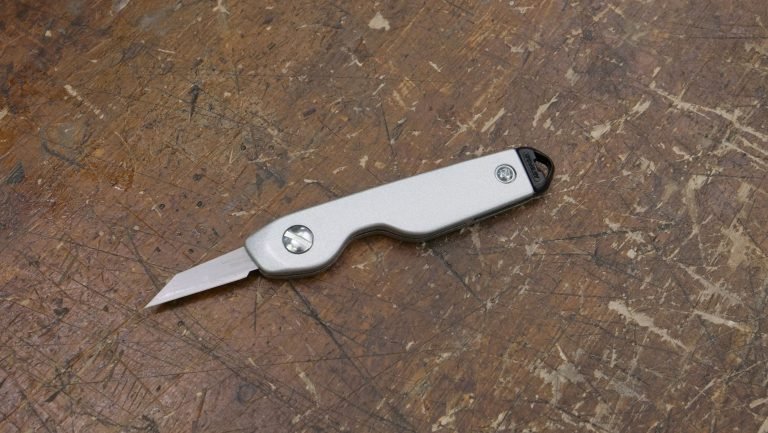


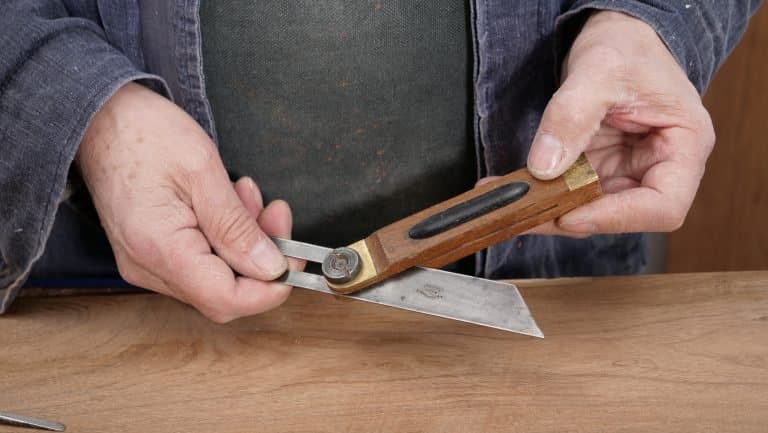
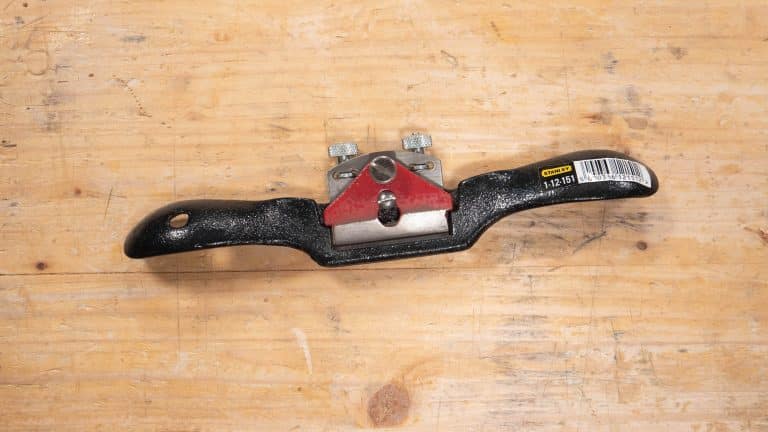
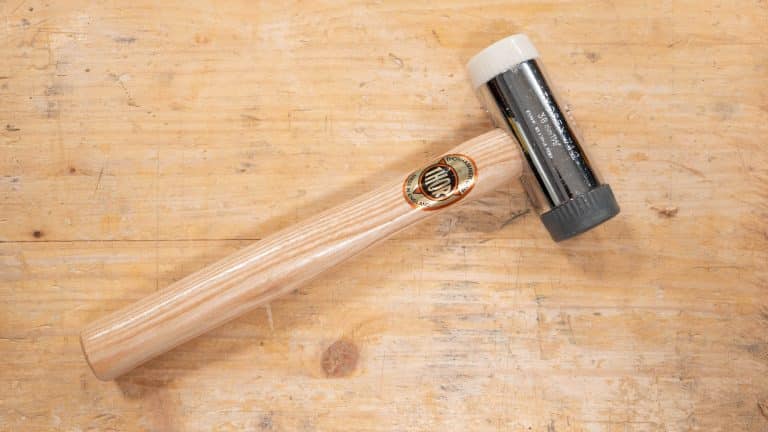
Thank you for this Series as they are excellent!
Did Bahco ever get back with you about their sliding bevel not locking properly?
Have you tried the Japanese Swinwa bottom locking bevel?
Many Thanks and Happy New Year,
stephen
Hi Stephen,
Thank you for your message.
No Bahco didn’t get back to Paul. He has used the Japanese Shinwa.
Kind Regards,
Izzy